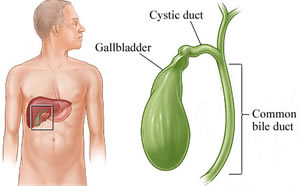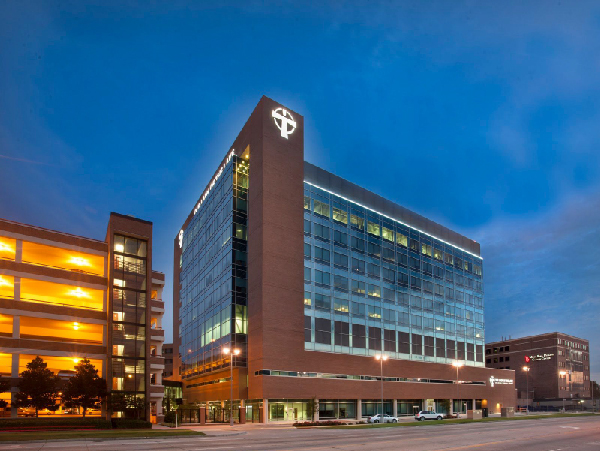
Laparoscopic Gallbladder Removal
(Cholecystectomy)
Cholecystectomy
Cholecystectomy (koh-luh-sis-TEK-tuh-me) is a surgical procedure to remove your gallbladder.
Cholecystectomy may be necessary if you experience pain from gallstones that block the flow of bile. Cholecystectomy is a common surgery, and it carries only a small risk of complications. In most cases, you can go home the same day of your cholecystectomy.
What is a gallbladder?
 The gallbladder is a pear-shaped organ that lies beneath the right side of the liver. It aids digestion by releasing a digestive liquid (bile), which is made by the liver. This bile travels into the small intestine after a person eats. Its purpose is to aid in the digestion of fats.
The gallbladder is a pear-shaped organ that lies beneath the right side of the liver. It aids digestion by releasing a digestive liquid (bile), which is made by the liver. This bile travels into the small intestine after a person eats. Its purpose is to aid in the digestion of fats.
Diagnosis:
Diagnosis is based on demonstration of gallstones in your gallbladder by symptoms, ultrasound, or other Xray tests. Gallstones block the flow of bile from the liver to your intestines. There are many reasons why these gallstones develop, and when they do, they can cause nausea, vomiting, abdominal pain and even jaundice.
Treatment:
Treatment requires removal of the gallbladder under general anesthesia. For the laparoscopic approach, one or more incisions are made in the abdomen. The surgeon inflates your abdomen with a harmless gas (CO2) which allows the doctor a clear view of the gallbladder. Small clips close off the bile duct and other blood vessels. The gallbladder and its contents are removed carefully through the incision. Now, the bile can flow unobstructed directly from the liver to the small intestine.
The body can adjust without difficulty to the absence of the gallbladder. Occasionally during this transition, patients experience some mild diarrhea after a fatty meal. This usually resolves in 2 weeks to 6 months.



